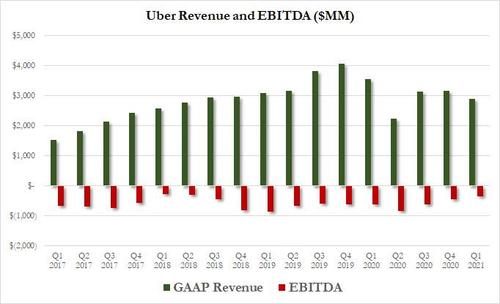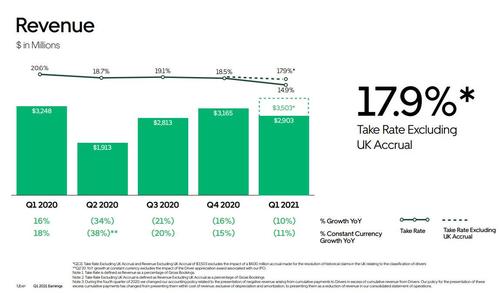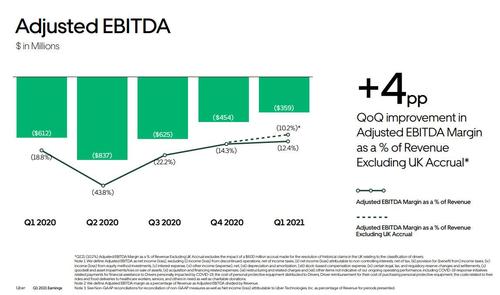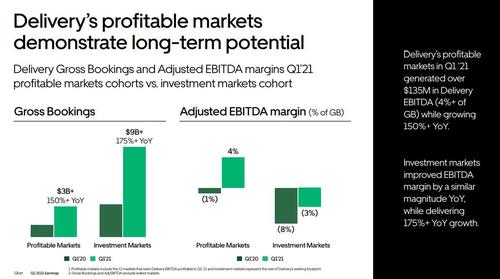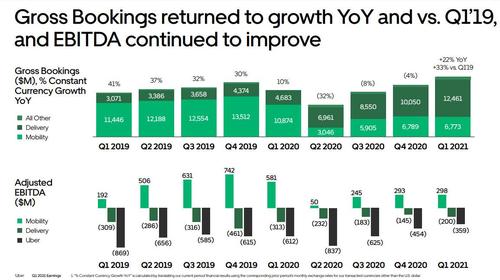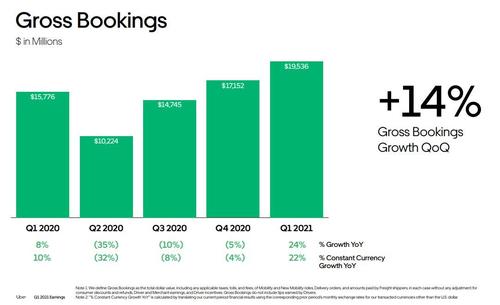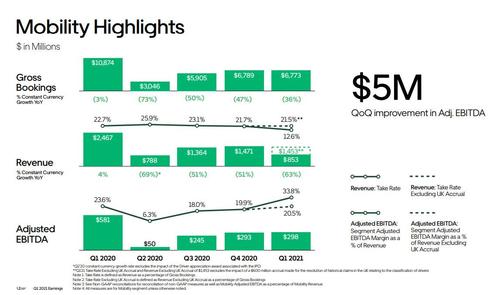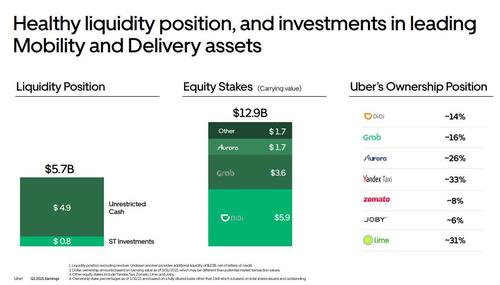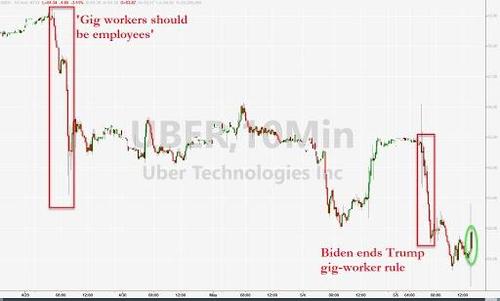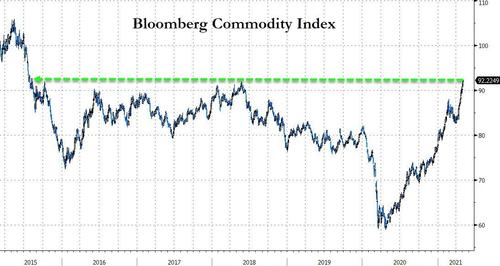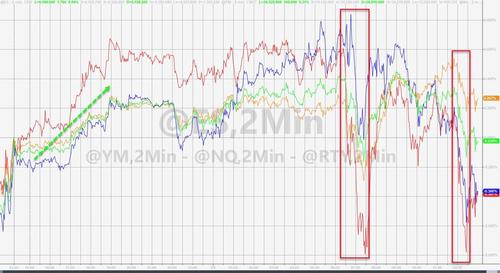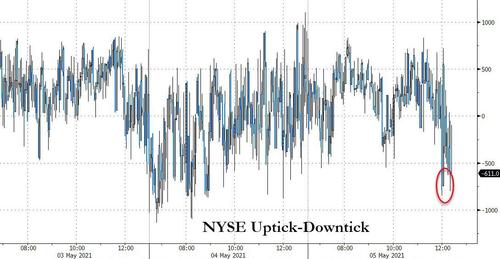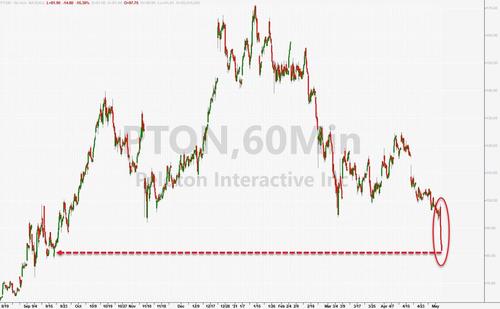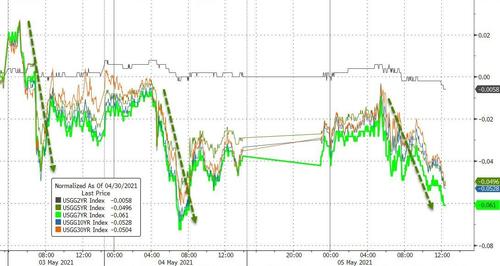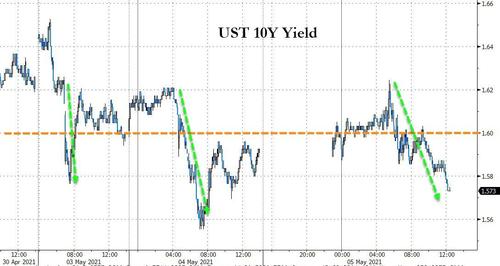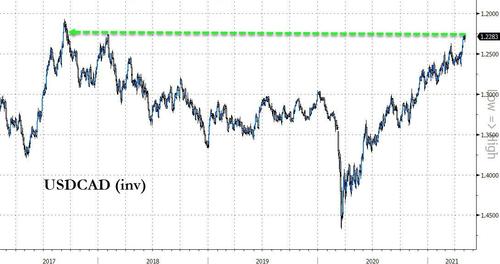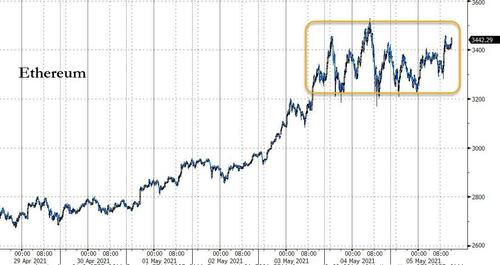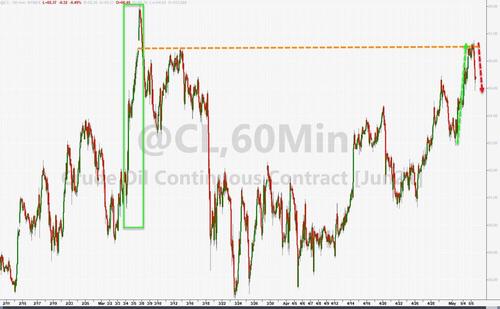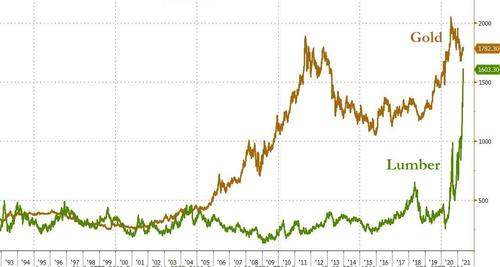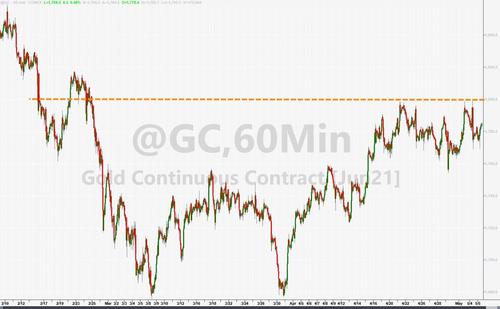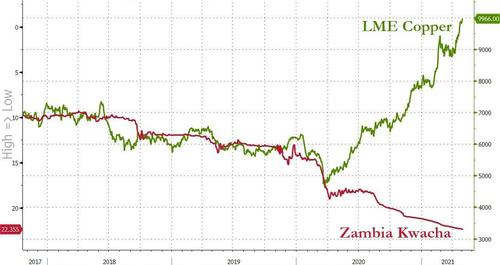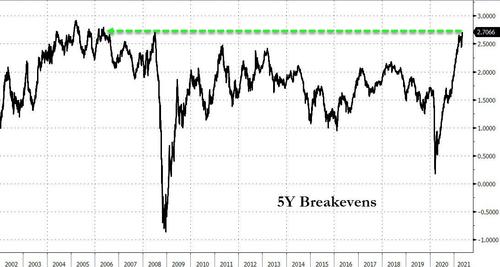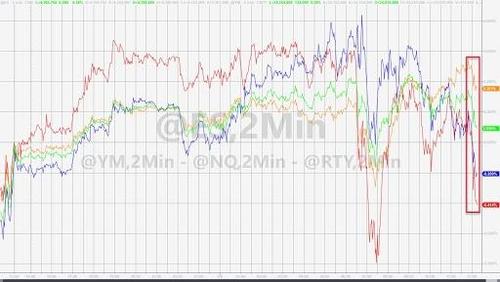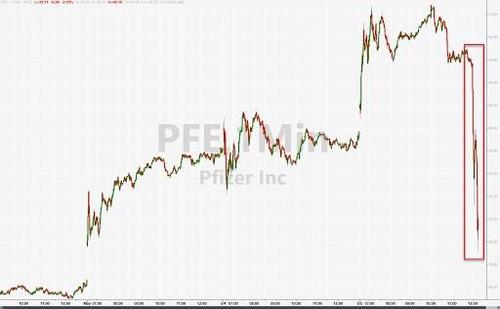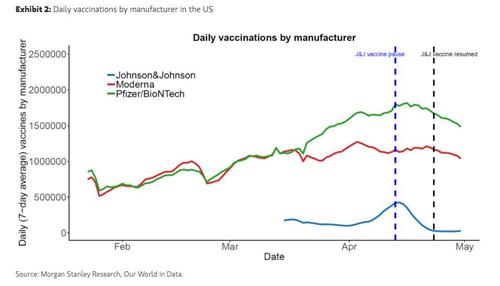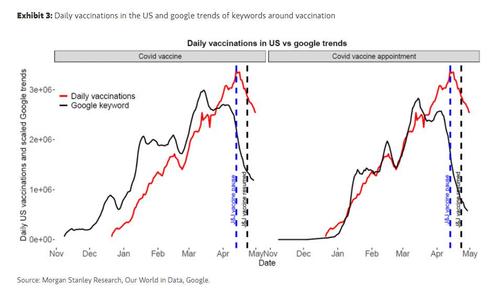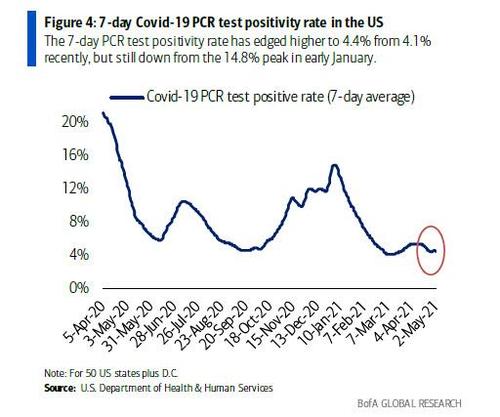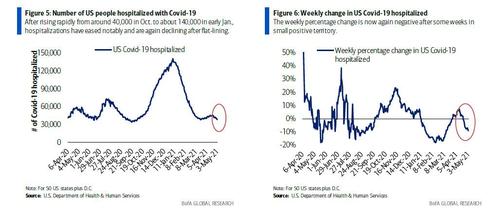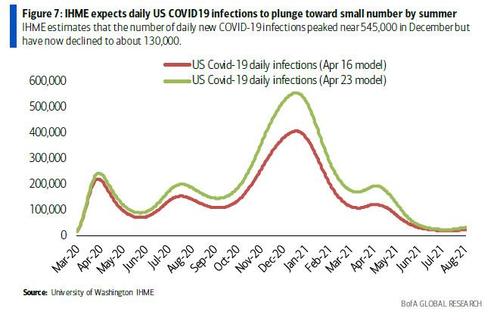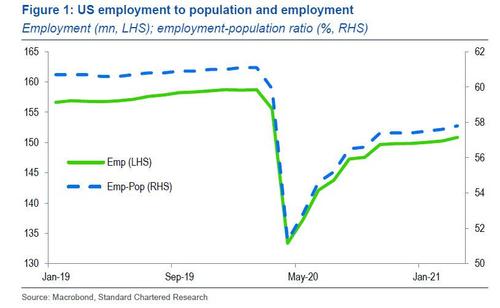Israel About To Enter Post-Netanyahu Era After PM Fails To Form Government
The already lengthy and continuing election deadlock drama in Israeli politics has once again pushed Prime Minister Benjamin Netanyahu to the side, leaving his political future in extreme doubt. His mandate to form a new government has failed for the third time in two years, with the Likud leader’s appointed window for doing so having expired on Tuesday night.
The Israeli leader who was been prime minister since 2009 and has consistently focused on a national security platform was unable to strike an agreement with his main rival Naftali Bennett, chairman of the right wing Yamina party, which now shifts the mandate to his rivals in the centrist Yesh Atid party. On Wednesday Israeli’s president formally tapped Yair Lapid – party leader of Yesh Atid – to forge a new government. The clock now starts on his 28 days.
“President Reuven Rivlin, in a televised address announcing his choice of Lapid, said the former finance minister had the pledged support of 56 of parliament’s 120 members, still short of a majority,” Reuters reports.
Rivlin was quoted as saying: “It is clear that parliament member Yair Lapid could form a government that has the confidence of the Knesset, despite there being many difficulties.”
If Lapid fails to secure the required backing of 61 out of 120 Knesset lawmakers, then the country could be headed toward yet another national election, following four prior Knesset elections in under a mere two years. Such an election would present Netanyahu’s only chance of political survival.
BREAKING: #Israel Opposition Leader Yair Lapid Gets Nod to Form New Gov, following Netanyahu’s Failure.
He has 28 days. If he succeeds, Israel enters post-Netanyahu era. If not, back to elections/ballot box.
— Joyce Karam (@Joyce_Karam) May 5, 2021

Axios notes the importance of these next 28 days for the prime minister both politically and personally: “For Netanyahu, this is a desperate moment. In addition to watching the mandate pass to his rivals, he’s also facing an ongoing corruption trial that could eventually land him in prison.”
The criminal conviction is only possible if he doesn’t have the immunity that comes with being current prime minister, which has long involved an assortment of accusations ranging from fraud to bribery to breach of trust.
Here’s a review of the extreme lengths Netanyahu has gone to over the past two weeks to secure a political majority, which clearly remained out of reach, via Axios:
- He has focused instead on trying to drive a wedge between Lapid and Naftali Bennett, the leader of a right-wing party. The two have been negotiating toward an alternative government.
- Netanyahu considered unprecedented steps to try to sabotage the transfer of the mandate to Lapid, Tal Shalev reported for Walla News, including falsely notifying Rivlin that he formed a government. After his plans were exposed, he backed off.
- Netanyahu has also considered ordering his right-wing bloc to recommend to Rivlin that he give the mandate to Bennett, rather than Lapid. Netanyahu could then pressure Bennett to negotiate only with his fellow conservatives. But that plan too fell apart after Bennett refused to rule out negotiations with Lapid.
President Rivlin awards Yair Lapid the mandate to form a government after he gains 11 recommendations more than he did last time. pic.twitter.com/InesmCZN30
— Eylon Levy (@EylonALevy) May 5, 2021
It remains however, often against seemingly insurmountable odds that Netanyahu has over the years faced many near-misses in terms of being booted out, which has made him Israel’s longest serving prime minister in history.
Tyler Durden
Wed, 05/05/2021 – 16:50
via ZeroHedge News https://ift.tt/3tmBA5x Tyler Durden

